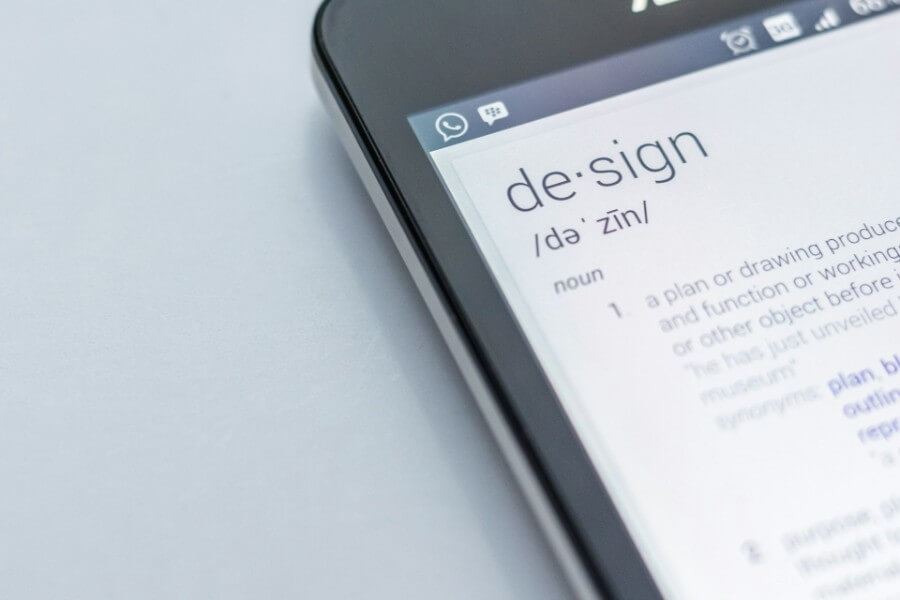
In the fast-paced world of graphic design, creating eye-catching visuals that effectively convey a message is both an art and a science. This article delves deeper into each step of the graphic design process, offering enhanced insights and practical tips to simplify the journey to producing stunning designs.
1. Understanding the Brief
A successful graphic design project starts with a comprehensive understanding of the client’s brief. This step is more than a mere conversation; it’s an in-depth exploration of the client’s vision, target audience, and specific needs. Effective designers use this stage to align their creative approach with the client’s expectations, asking targeted questions to uncover hidden requirements and ensuring a shared understanding of the project’s scope and constraints.
2. Research and Inspiration
After solidifying the brief, the next phase is a deep dive into research and gathering inspiration. This step is crucial for grounding your design in real-world context and trends. A well-rounded research approach includes analyzing competitors, understanding the target market, and exploring historical design influences. Compiling a diverse mood board helps in visualizing the project’s aesthetic direction, blending colors, typography, and imagery that resonate with the project’s goals.
3. Conceptualization and Brainstorming
The conceptualization phase is where creativity blooms. Here, designers brainstorm various ideas, often employing techniques like mind mapping, free sketching, and collaborative discussions. In this phase, a collaborative mind mapping tool can be especially handy as it allows for real-time idea sharing and feedback exchange among designers from varied perspectives. This stage is about pushing boundaries and exploring a wide array of ideas, from the conventional to the avant-garde. The aim is to produce a range of concepts that align with the project’s objectives and push the envelope of creativity. To cultivate inventive thoughts, designers should delve into varied perspectives and seek inspiration from external sources. By doing that, you can discover a carefully curated compilation of design trends and groundbreaking ideas that can ignite your creative journey.
4. Sketching and Wireframing
Sketching and wireframing are critical for translating concepts into visual representations. This stage allows designers to experiment freely with layouts, visual hierarchy, and the interplay of different elements without the constraints of software. Hand-drawn sketches offer a raw and unfiltered medium to explore creative ideas, while digital wireframes begin to structure these ideas within the confines of design principles.
5. Design Software and Tools
In every domain, you need the proper tools. For example, you can’t manage hundred of invoice efficiently, without an invoice template tool. The same principle applies for graphic design tools.
Choosing the right tools can significantly impact the efficiency and quality of the final design. This stage involves selecting software that best suits the project’s needs, whether it’s vector-based applications like Adobe Illustrator for logos and illustrations or pixel-based platforms like Adobe Photoshop for image editing. Additionally, leveraging white-label image editor like Pixelixe.com can streamline the design process, especially for routine tasks or standardized designs.
6. Color Theory and Typography
A deep understanding of color theory and typography is essential for creating visually appealing and effective designs. This section explores how different colors interact, their psychological impact, and how they can be used to evoke specific emotions. Similarly, typography is more than just choosing fonts; it’s about creating a readable, accessible, and aesthetically pleasing text layout. This part of the process involves meticulous attention to detail in font selection, hierarchy, and spacing.
7. Layout and Composition
Effective layout and composition are about arranging visual elements harmoniously on a page. This phase delves into principles like balance, alignment, and contrast, exploring how they contribute to the overall impact of the design. The use of grids and guides is also discussed, highlighting their role in creating a structured and cohesive design.
8. Visual Elements and Illustrations
This section focuses on the selection and creation of visual elements like icons, images, and custom illustrations. It emphasizes the importance of these elements in supporting and enhancing the narrative of the design. The section also covers the decision-making process between using custom illustrations versus stock imagery, underlining the importance of consistency and originality in design.
9. Feedback and Revisions
Feedback is a pivotal part of the design process. This stage is about effectively presenting your design to clients or peers and receiving their input. It discusses strategies for interpreting feedback constructively and using it to refine and improve the design. Balancing creativity with practicality and client preferences is also a key focus in this section.
10. Finalization and Export
The final stage of the design process involves preparing the design for its intended medium, whether print or digital. This section covers technical aspects such as resolution, file formats, and color profiles, ensuring that the design retains its integrity across different platforms. It also emphasizes the importance of quality assurance and proofreading to avoid costly mistakes.
In conclusion, the graphic design process, from concept to creation, is a structured yet flexible journey that blends creativity, strategic thinking, and technical skill. By understanding and mastering each step, designers can produce compelling, effective designs that resonate with their intended audience. Embrace the process, stay inspired, and continue to evolve as a designer.